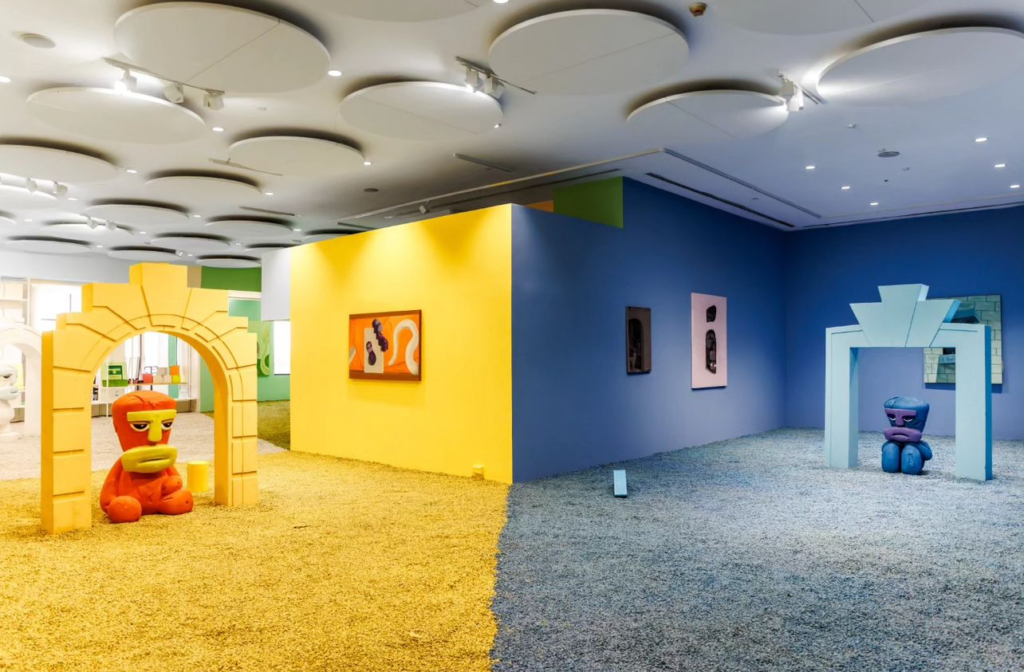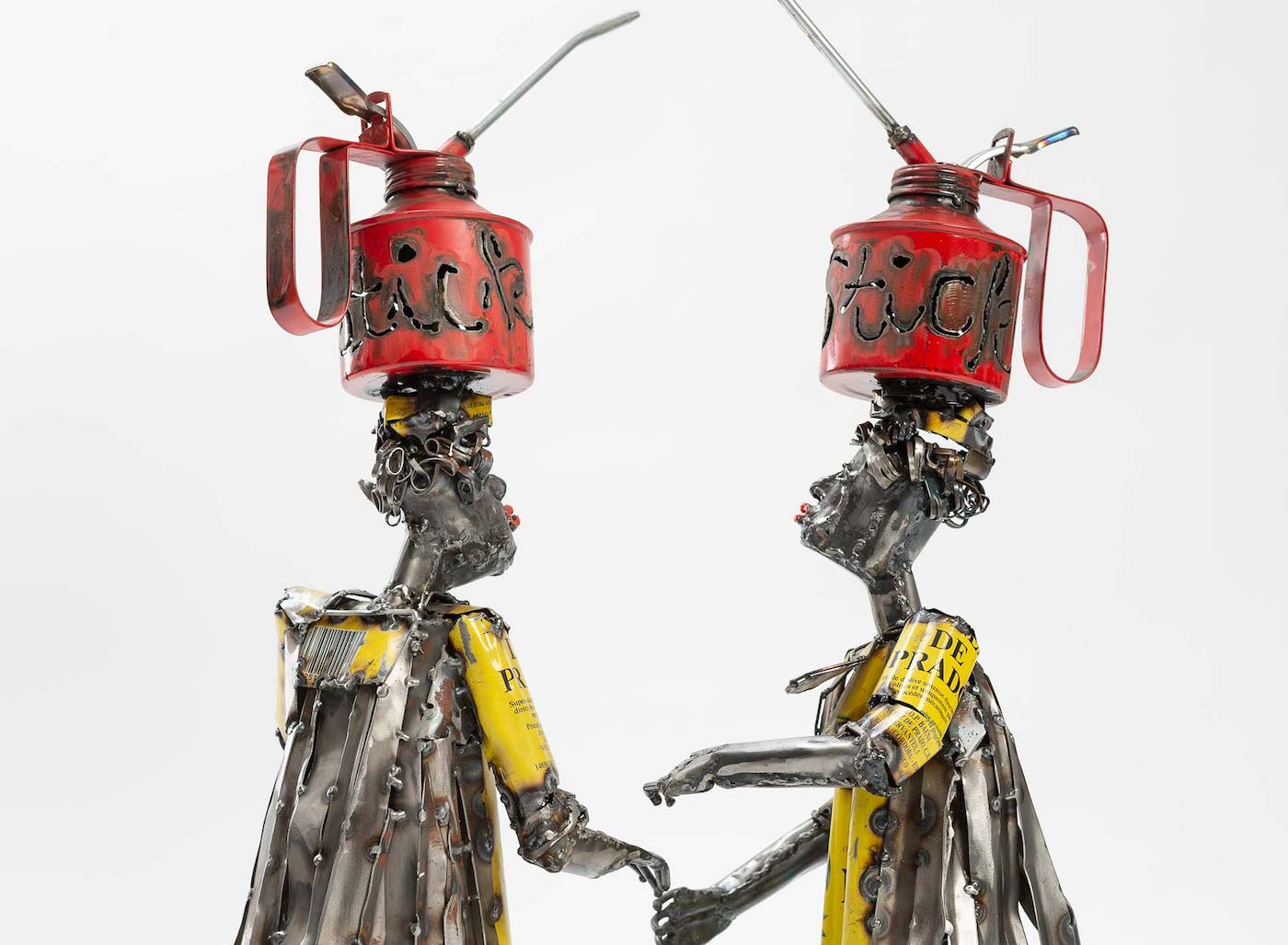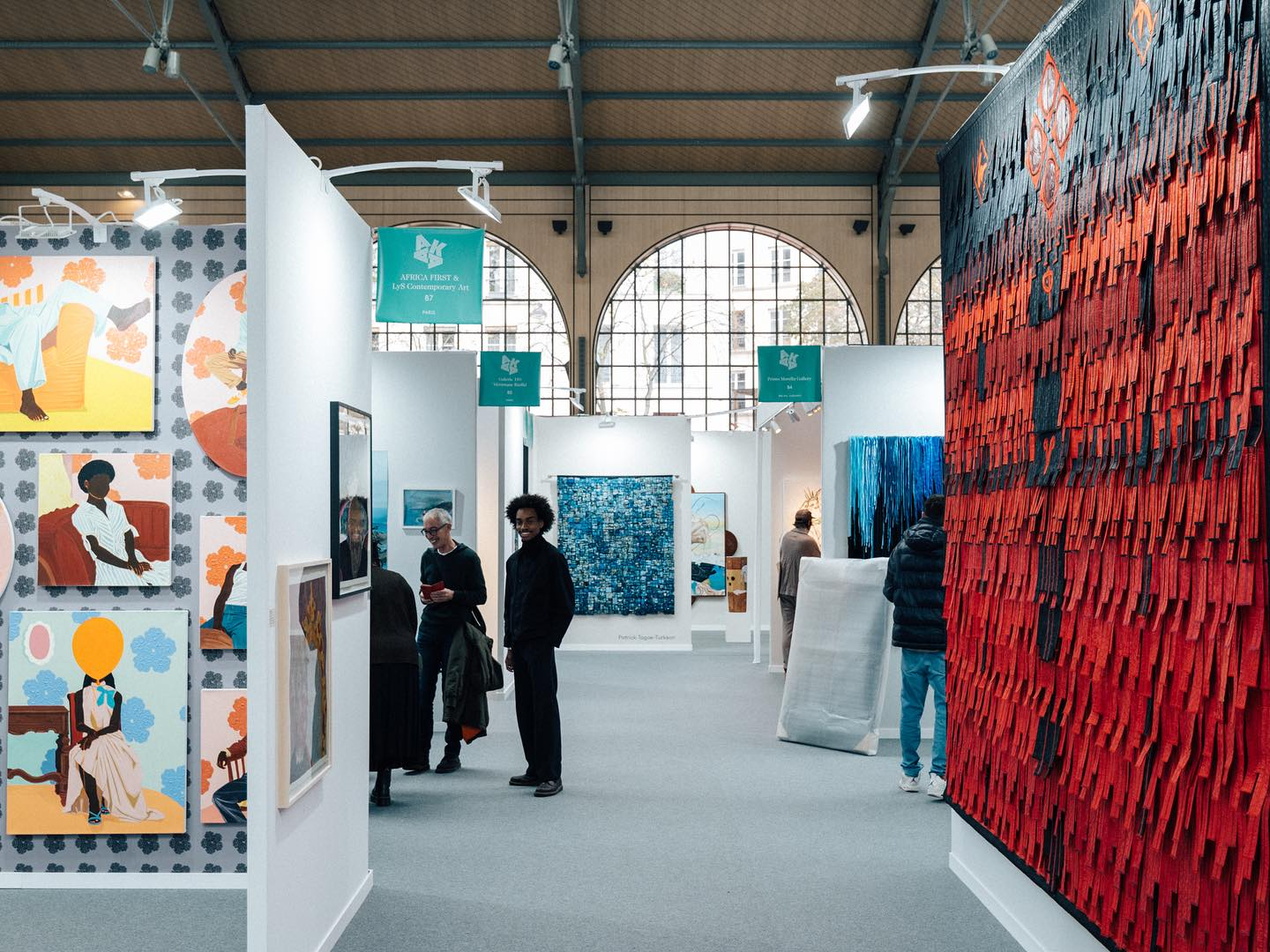The role of art exhibitions transcends aesthetics and economics. Exhibitions are important to connect artists with their audiences, start dialogues, and even make art sales. They can also call attention to what mindfulness and inclusivity can look like in a progressing world. The concept of accessibility in art spaces is more than a trend, buzzword, or theme that an exhibition is based on. It should be as significant as conversations about race, gender, and diverse life experiences among art professionals in the art industry.

Courtesy of Art Twenty-One.
In Museum Next, Botswana-born curator Goabaone Montsho writes in Making Museums Accessible to Those with Disabilities:
“Researchers in the United States, United Kingdom, and Israel found empirical evidence that museums in general lag behind other social institutions in regards to accommodating people living with disabilities such as wheelchair users, the visually challenged, and hearing impaired people. Museums play a crucial role in society by educating the public and representing diverse aspects of culture through their exhibits. People with physical disabilities are part of the community that is educated or represented by museums.”
In The Art Newspaper, Richard Sandell, co-director of the Research Centre for Museums and Galleries at the University of Leicester, says:
“Museums perpetuate “routine discrimination” by consistently offering disabled visitors “lesser experiences.”
Sandell highlights how despite anti-discrimination laws that require public buildings to be physically accessible, there is a gap between minimum compliance and the ambition that is only realised when disabled people are involved in architectural and curatorial planning. In leading art countries like Nigeria, South Africa, and Ghana, what do we really know about their anti-discrimination laws? It is not enough to centre disability as an exaggerated theme to be explored in art. Accessible exhibition in a gallery or museum is a responsibility that must be shared among artists, curators, and gallery managers.

Courtesy of Retro Africa.
Basic tips for making exhibitions and art events accessible to people living with disabilities:
- For people with mobility issues, galleries can ensure accessibility by providing ramps and elevators, clear navigational signage, and comfortable seating areas for breaks. For people with visual impairments, galleries can incorporate elements like tactile experiences or audio descriptions into their exhibitions.
- To increase audience accessibility, art needs to move from a viewpoint where it is assumed that the audience understands the works on display. To do this, there is a need for clear and easy-to-understand descriptors. These descriptors can include curatorial statements, artist bios, titles of works, and other essential details, at the curator’s discretion. In some cases, curators and gallerists can have a guide follow viewers around to give them an insight into the works and the artist’s mind. The goal of this shouldn’t be for sales alone. It is to give the audience a chance to thoroughly enjoy and engage with the exhibition.
- By using apps or QR codes, galleries can leverage technology to their advantage. This will help to give their visitors access to additional information about the exhibition. This way visitors can engage with the artworks at their own pace and in their preferred language.
It is important to remember that accessible exhibitions reflect the democratic and global nature of art.
For further reading:
- McGivern, H. (2019). How to Make Museums More Accessible for Disabled People? Ask Them. The Art Newspaper.
- Watlington, E. (2020). How to Make Exhibitions and Art Events Accessible. Art in America.
- Montsho, G. (2022). Making Museums Accessible to Those With Disabilities. Museum Next.
Iyanuoluwa Adenle is a Nigerian art writer, essayist, and poet based in Lagos. She is currently the head writer at Omenai. Adenle has contributed to a number of art publications, including Tender Photo, Art News Africa, Pavillon 54, and Omenai.






